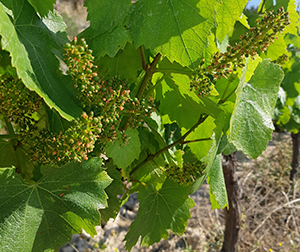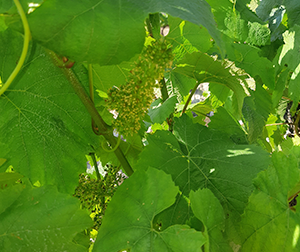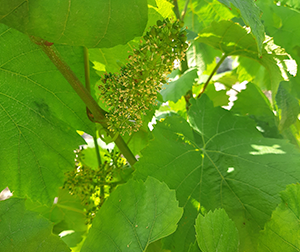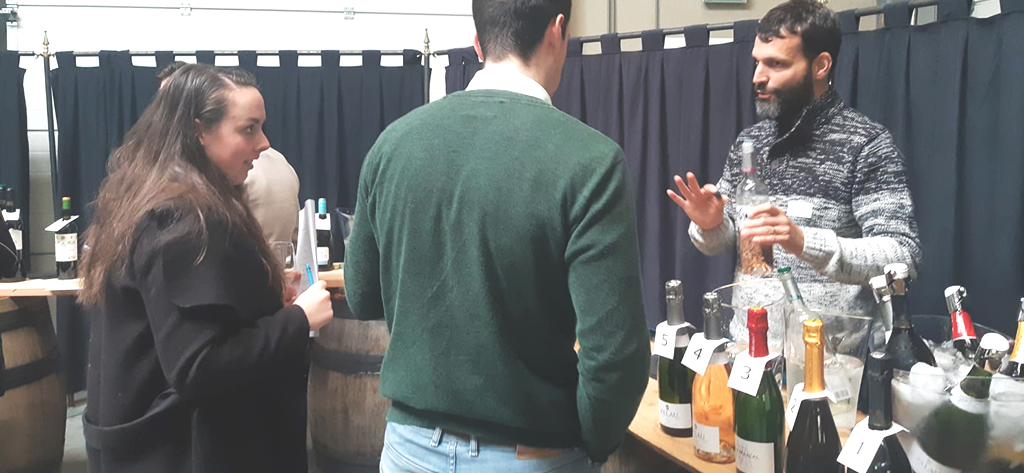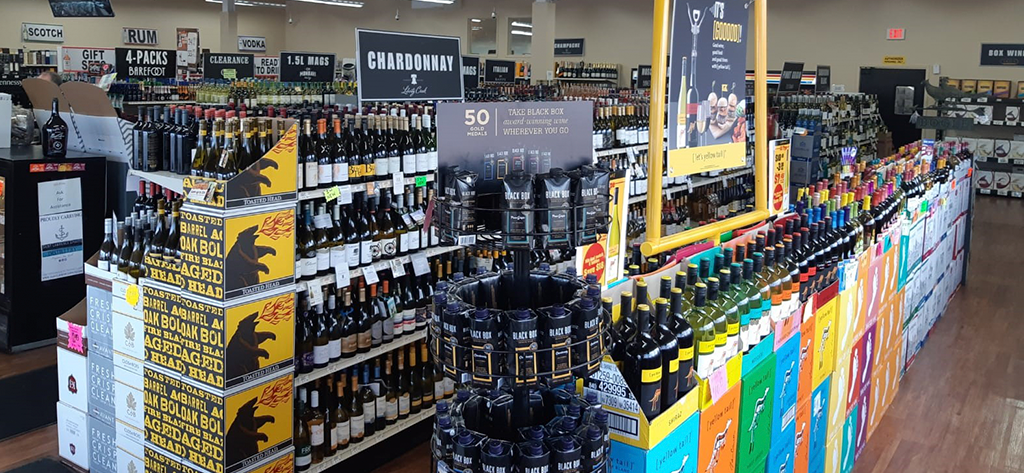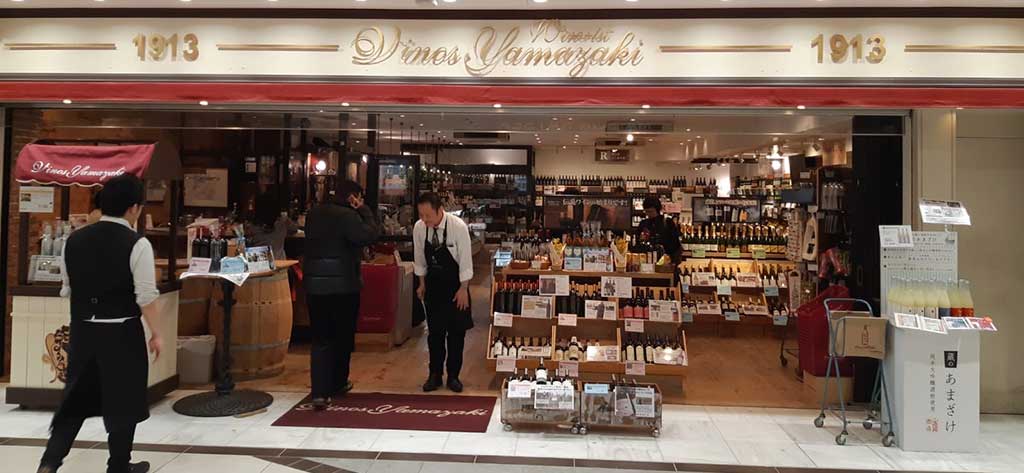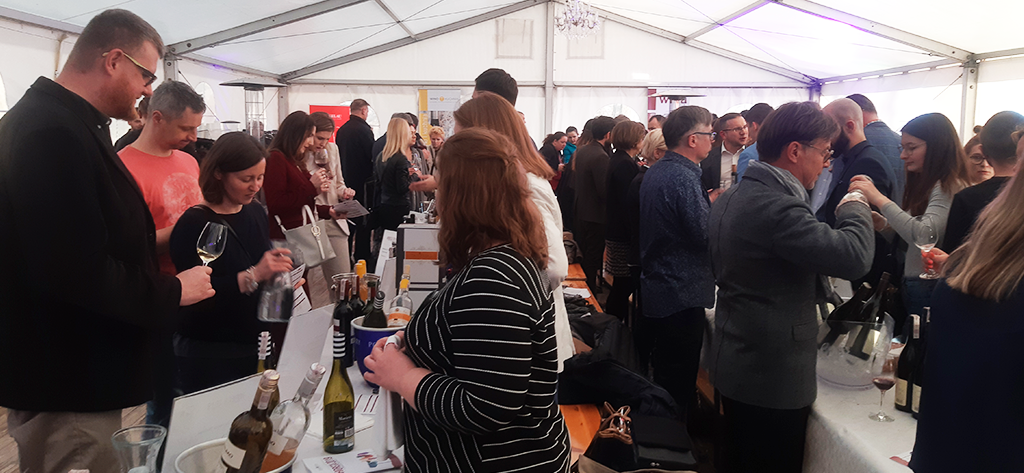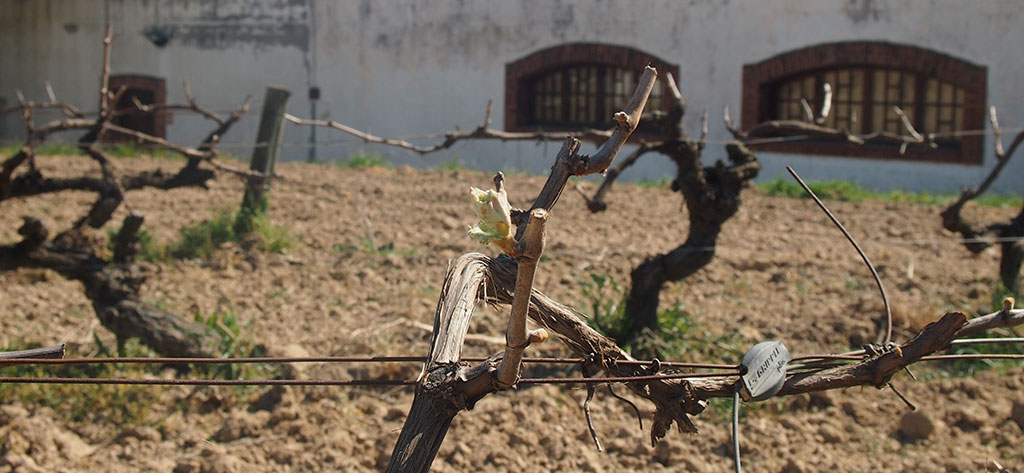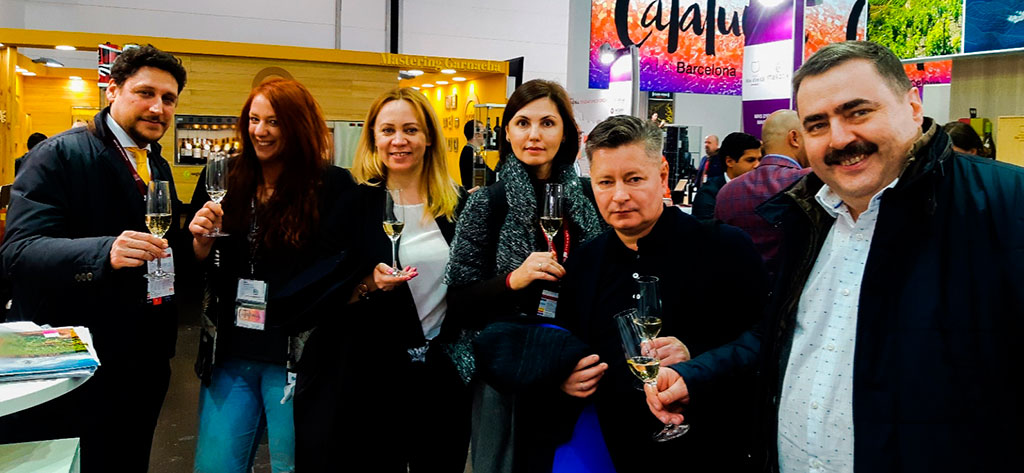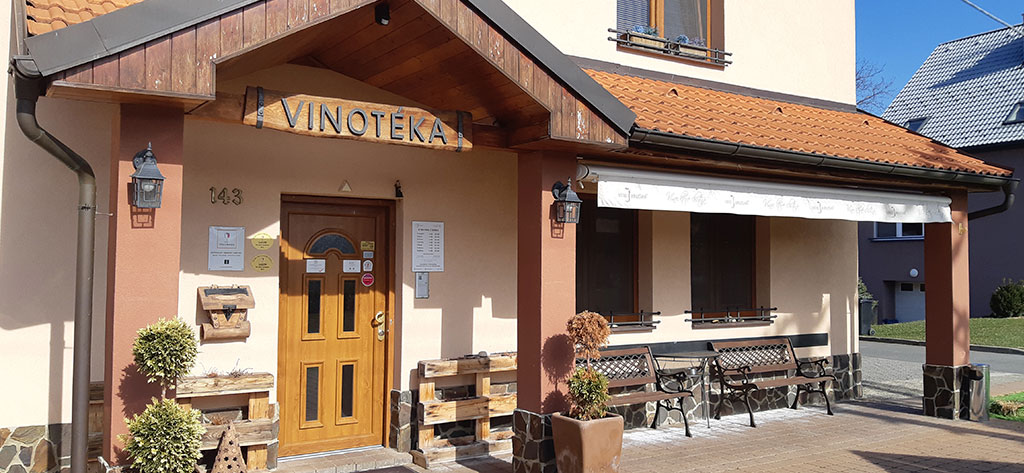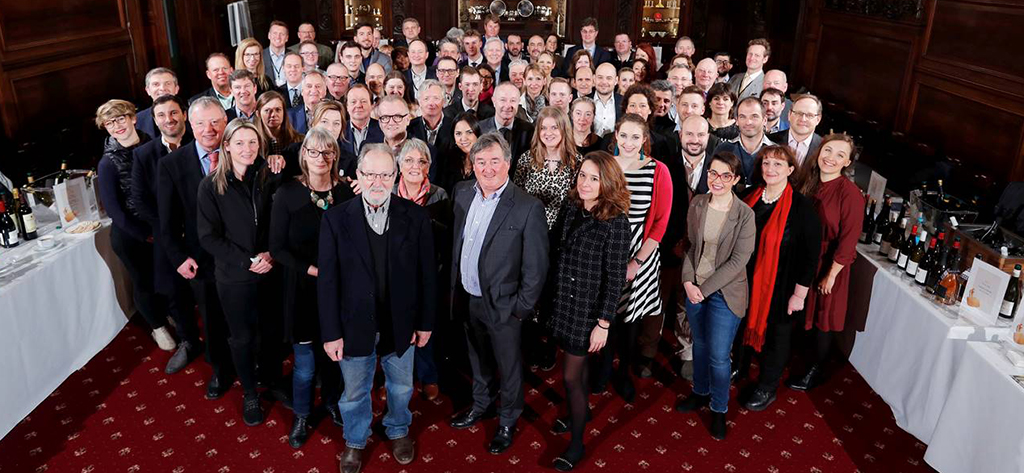

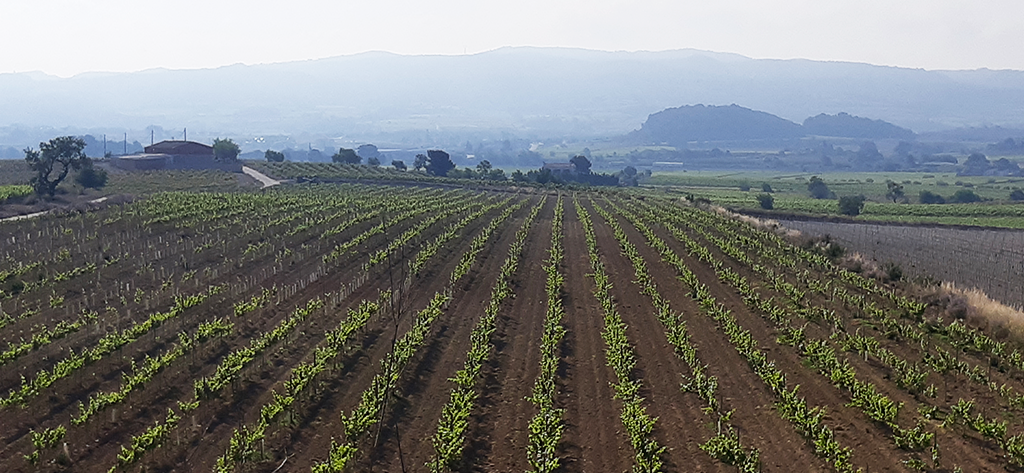
Finally, spring arrives after a hard winter. The inflorescences, which will soon give life to the clusters, seem to guarantee a positive fertility.
The first variety to flourish is Chardonnay.
At this time, even more than in others, the constant control of the vineyard is an absolute imperative; the winemaker constantly checks the state of health of the vine.
Fortunately, in our vineyards, the vine enjoys a good phytosanitary status.
We are in a decisive phase, closely linked to the future performance of the vineyard, in the shoots of the vine we can recognize the inflorescences of the panicle, similar to small green spheres, called inflorescences. In each one of them, there are many floral sketches, from which the individual flowers develop.
The flower, initially covered by a protective layer, detaches at the beginning of flowering and exposes the pistils and stamens. Right here fertilization takes place.
It is curious to know that the vine grown in Europe is hermaphroditic; it has male and female reproductive organs, self-pollinates and, therefore, does not require any intervention by insects. Fertilization occurs when the male seed fuses with the female ovarian cell in the ovary of the plant.
The development of the inflorescence depends largely on the climatic conditions: the higher temperatures can accelerate their development, but the rain or a sudden phase of heat can also cause the appearance of flowers and smaller berries, as in the case of rains of recent weeks, which has delayed this process.
We speak of a fascinating phenomenon for both experts and amateurs. The vineyards are currently characterized by a pleasant perfume, an intense and delicate smell, which makes us lose the notion of time, of space, and frees us from everyday stress. A perfume that we never want to forget, something so heavenly, impossible to explain with words and that you simply have to perceive it.
